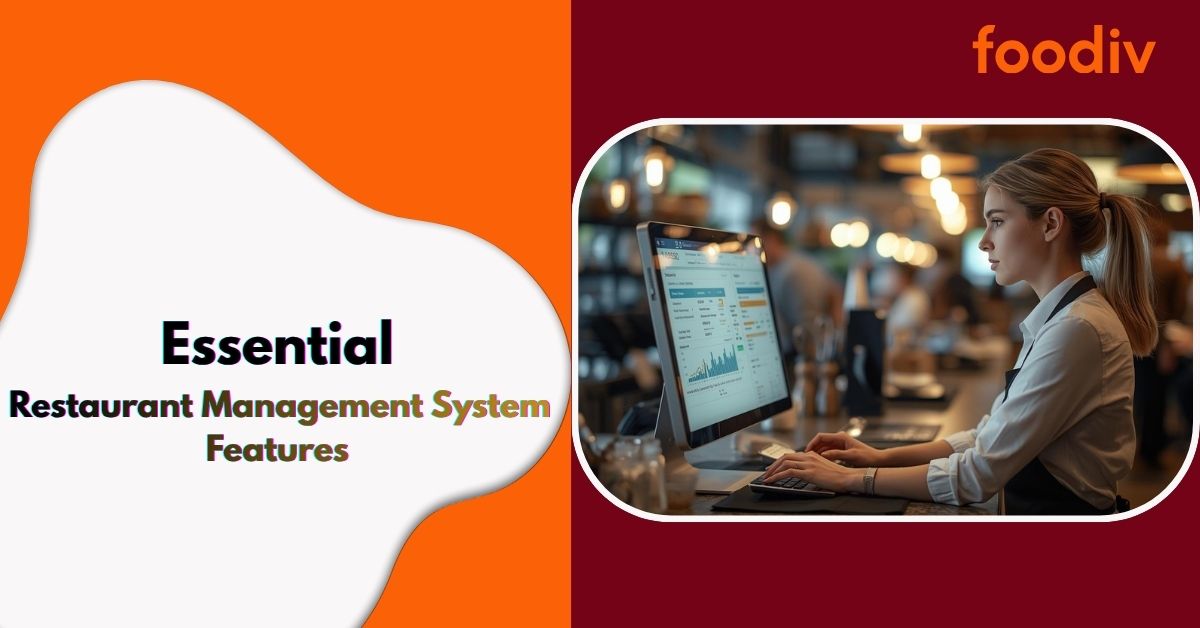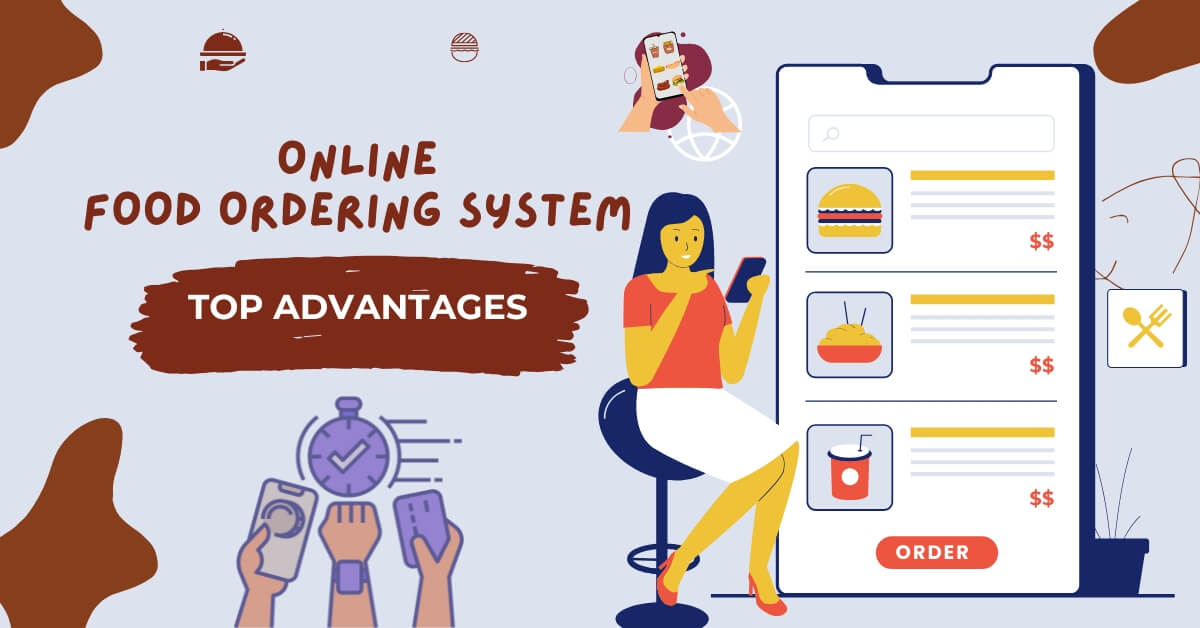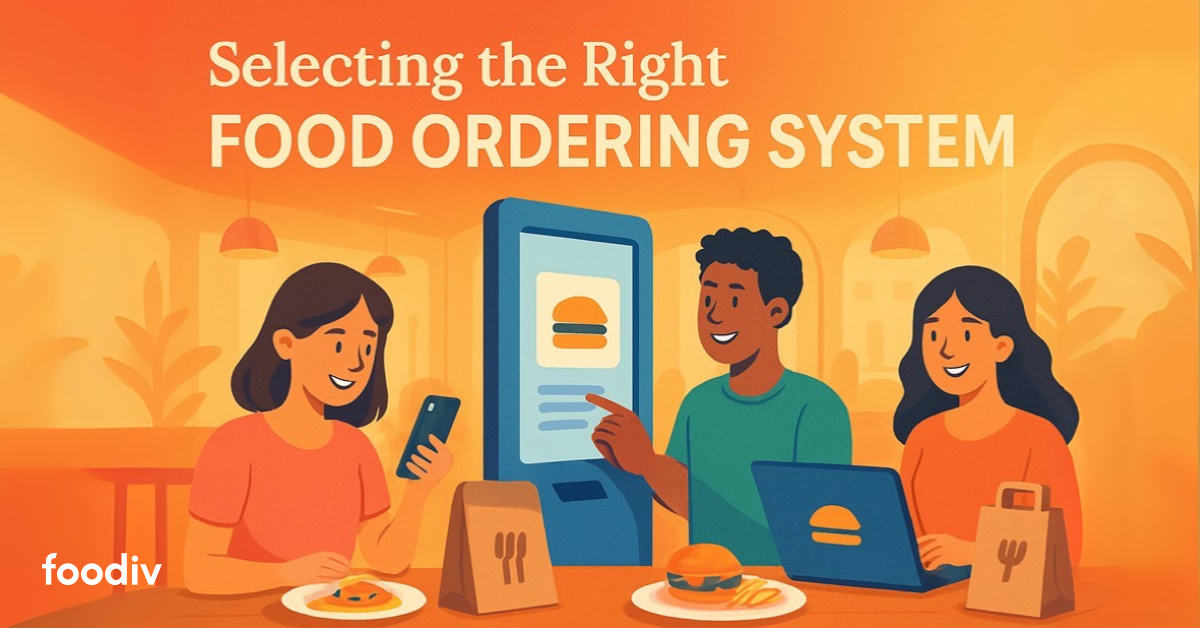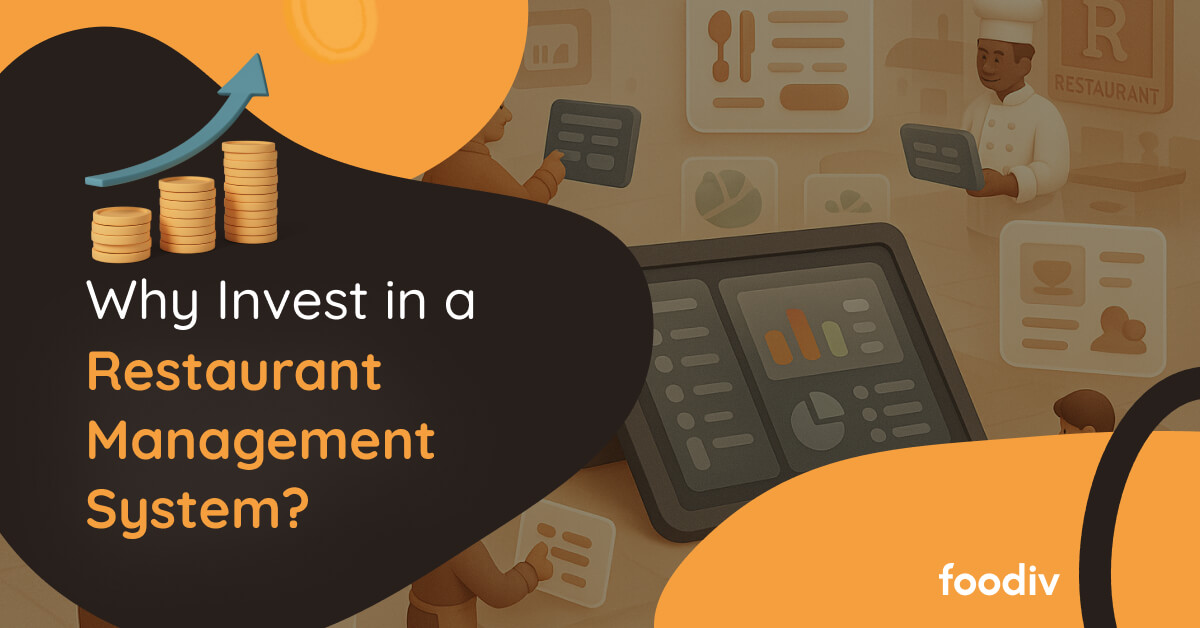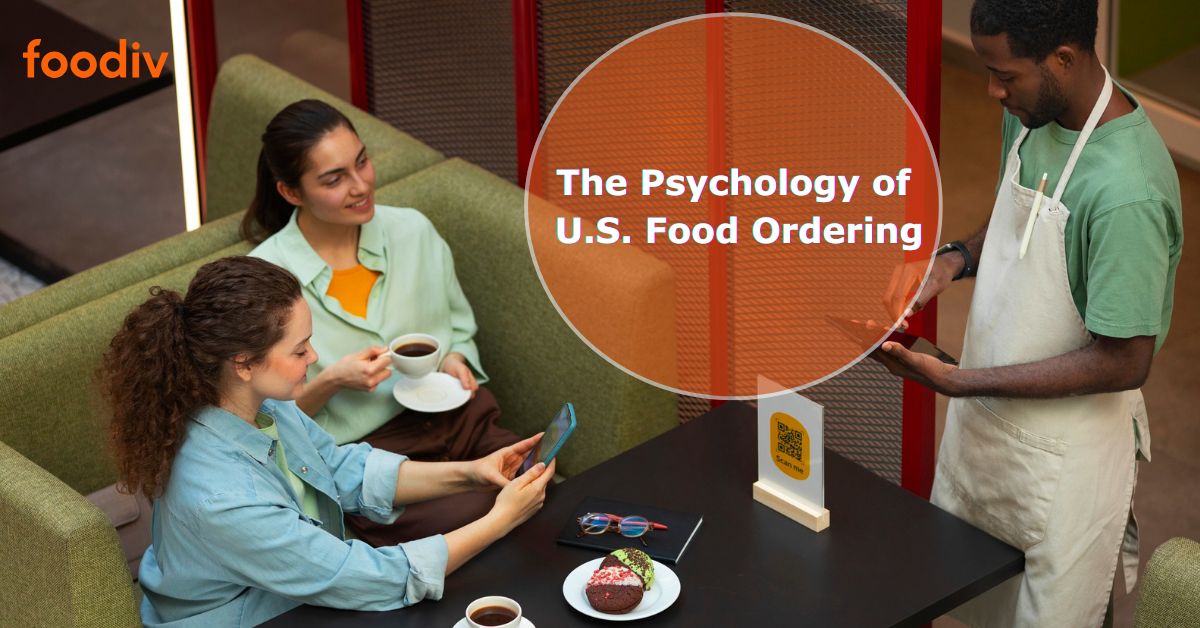
Online food delivery has grown rapidly in the United States. What began as a small convenience has become a daily habit for millions of Americans. According to Statista, the industry continues to expand each year as demand rises across all age groups.
This trend highlights more than technology or busy lifestyles. It reflects deeper psychological needs, cultural preferences, and the influence of modern platforms.
The popularity of delivery is not accidental. It matches American values of efficiency, instant satisfaction, comfort, and variety.
This content will explore how these drivers work together to explain why ordering food has become a defining feature of daily life in the United States.
Convenience as a Psychological Priority
Convenience is the most powerful reason Americans turn to food delivery. In a society where time feels scarce, every minute saved has value. Long commutes, demanding jobs, and family schedules leave little room for home cooking. Ordering through an app offers a quick solution that fits into busy lives.
Food ordering systems play a central role in this shift. With a few taps, users see menus, reviews, and recommendations tailored to their tastes. This reduces decision fatigue. Instead of scanning endless options or debating what to eat, the system simplifies the process and makes ordering effortless.
The psychology behind convenience is also tied to the effort versus reward equation. People naturally compare the energy they must invest with the outcome they will receive. Cooking at home requires planning, shopping, and cleaning. By contrast, ordering through a delivery platform delivers the same reward—hot food—without the heavy effort.
Convenience has therefore become more than a feature. It is the psychological anchor of the food delivery experience.
Actionable insight: If you manage a food business, focus on optimizing your ordering system for speed and simplicity. A smoother process directly translates into customer loyalty.
Instant Gratification and Reward Systems
One of the strongest psychological forces behind food delivery is instant gratification. When someone places an order, the brain releases dopamine in anticipation of the meal. The waiting period becomes part of the reward cycle. Watching the app’s live tracker only heightens that sense of excitement.
This experience connects directly to the culture of “on demand.” Just as Americans stream shows on Netflix or receive packages within a day through Amazon, they now expect food to arrive quickly. Ride-hailing services created similar habits. Tap a button and the car appears. The same principle applies to dinner.
The psychology of speed and ease is simple. Fast service feels good because it reduces stress. When food arrives quickly, it creates a sense of control and satisfaction. People feel they are making the most of their time while enjoying the comfort of a ready-made meal.
Delivery apps have learned to design systems that reinforce this pleasure loop. Notifications, real-time updates, and discounts keep customers returning. The entire process becomes more than food—it becomes a reliable source of instant comfort.
Actionable insight: Businesses should focus on reducing wait times and improving tracking features. The faster and smoother the experience, the more customers will associate the service with positive emotions.
Variety, Choice, and Novelty Seeking
Food delivery systems have opened the door to an incredible variety of cuisines. With a phone in hand, Americans can explore Italian pasta, Indian curries, or Japanese sushi without leaving home. This easy access satisfies the natural human desire for novelty.
At the same time, too many choices can overwhelm. Psychologists call this the paradox of choice. Delivery apps address the problem by curating options. They highlight trending dishes, promote nearby favorites, and suggest meals based on past orders. This design keeps decision-making quick and enjoyable.
Exploration is also part of American consumer behavior. People enjoy experimenting with new foods and flavors. Delivery platforms make that exploration simple by providing filters, categories, and user reviews that guide discovery. Every order can feel like a small adventure, especially when trying a new restaurant or cuisine for the first time.
Variety fuels curiosity, while curated recommendations prevent frustration. Together, they create a balance that makes food delivery both exciting and effortless.
Actionable insight: Restaurants and apps can strengthen engagement by showcasing diverse menus and highlighting new arrivals. Helping customers explore with confidence encourages repeat use and builds long-term loyalty.
Social and Emotional Drivers
Food delivery is not only about convenience. It also fulfills emotional needs. During times of stress or loneliness, a favorite meal provides comfort. Ordering pizza on a tough workday or enjoying ice cream late at night can feel like instant relief.
Delivery also plays a role in social connection. Families often gather around delivered meals for movie nights. Friends use group orders for parties or game nights. Even in offices, delivery supports team lunches and celebrations. Sharing food creates a sense of bonding without the effort of cooking or hosting.
Another strong driver is the “treat yourself” mentality. Many people view delivery as a reward for hard work or a way to celebrate small wins. Clicking “order now” feels like granting yourself permission to relax and indulge.
These emotional drivers keep people returning to delivery platforms again and again. The service goes beyond feeding hunger. It provides comfort, connection, and moments of self-care.
Actionable insight: Businesses can appeal to these emotions by framing delivery as more than food. Highlight comfort, togetherness, and personal reward in marketing to strengthen customer loyalty.
Behavioral Economics and App Design
Food delivery platforms rely on behavioral economics to shape customer habits. Push notifications, discounts, and limited-time deals act as nudges. A message that says “Order now and save 20 percent” often triggers an instant response. The urgency encourages people to buy even if they had not planned to.
Low friction in the ordering process makes the habit stronger. One-click payments, stored addresses, and saved preferences reduce effort. With fewer barriers, the decision to place an order feels natural and almost automatic.
Gamification also plays a role in customer loyalty. Loyalty points, badges, and streak rewards make ordering feel like a game. Each order becomes part of a progress system that encourages repeat behavior. Customers feel rewarded not just with food but with recognition and status inside the app.
These design strategies combine to create a powerful cycle. Nudges spark interest, easy payments remove obstacles, and gamification builds long-term engagement.
Actionable insight: Businesses should continue refining these systems but with balance. Rewards and nudges should feel helpful, not manipulative, to ensure customers associate the experience with trust and satisfaction.
Cultural and Historical Context
The love for food delivery in the United States is deeply rooted in culture and history. Fast-food chains shaped eating habits decades ago. Burgers, fries, and pizzas became symbols of quick, affordable meals. Takeout traditions laid the groundwork for the modern delivery boom.
Urbanization added to this trend. In large cities like New York and Chicago, delivery became a normal part of life long before apps existed. Dense populations and busy lifestyles made it practical for restaurants to offer meals to go. Residents embraced the convenience, and delivery culture spread quickly.
Technology then transformed the system. Smartphones and gig economy platforms created a new model where ordering was instant and accessible. Apps like Foodiv, Uber Eats and DoorDash connected restaurants, drivers, and customers in real time. This shift turned delivery from a local service into a nationwide lifestyle.
Cultural habits, city living, and technology worked together to make delivery an essential part of American dining.
Actionable insight: Restaurants can benefit from remembering this history. Combining fast service with digital tools meets long-standing cultural expectations while adapting to modern needs.
Psychological Trade-offs
Food delivery offers comfort and speed, but it also comes with hidden costs. One trade-off is the loss of cooking and dining rituals. Preparing meals at home often brings families together and creates moments of connection. Relying on delivery can replace these shared experiences with a quicker, more individual routine.
Health is another concern. Many delivery choices lean toward indulgence rather than nutrition. Fried foods, sugary drinks, and oversized portions are common. While they bring short-term satisfaction, repeated choices like these can affect long-term wellness.
Money also plays a role. Delivery apps encourage financial rationalization. Discounts and deals make spending feel like saving. In reality, the convenience often leads to overspending. People justify the expense by focusing on time saved, even if it costs more than cooking at home.
These trade-offs reveal the complex psychology behind food delivery. It satisfies immediate needs but can reduce traditions, impact health, and stretch budgets.
Actionable insight: Customers can benefit from setting boundaries. Balancing delivery with home cooking, healthier menu selections, and mindful spending helps protect both wellness and finances.
Explore This Topic: Late-Night Eats: The Rise of Midnight Food Ordering in the US
Conclusion
The psychology of food delivery in the United States is shaped by powerful drivers. Convenience, instant gratification, emotional comfort, and cultural history explain why ordering meals has become part of everyday life. These factors show how deeply delivery connects to American values.
Food delivery is more than personal choice. It also plays a vital role in the restaurant business. Modern ordering systems help restaurants reach wider audiences, increase sales, and build stronger customer relationships. A smooth digital system allows small and large restaurants to compete in a fast-changing market.
Delivery reflects efficiency, comfort, and variety while shaping new lifestyle habits. It mirrors the culture of instant access and also pushes it forward. As homes become dining hubs, restaurants that invest in strong ordering systems position themselves for long-term success.
Restaurants should treat their ordering system as a core business tool. Improving speed, personalization, and ease of use not only satisfies customers but also secures a competitive edge in the industry.


